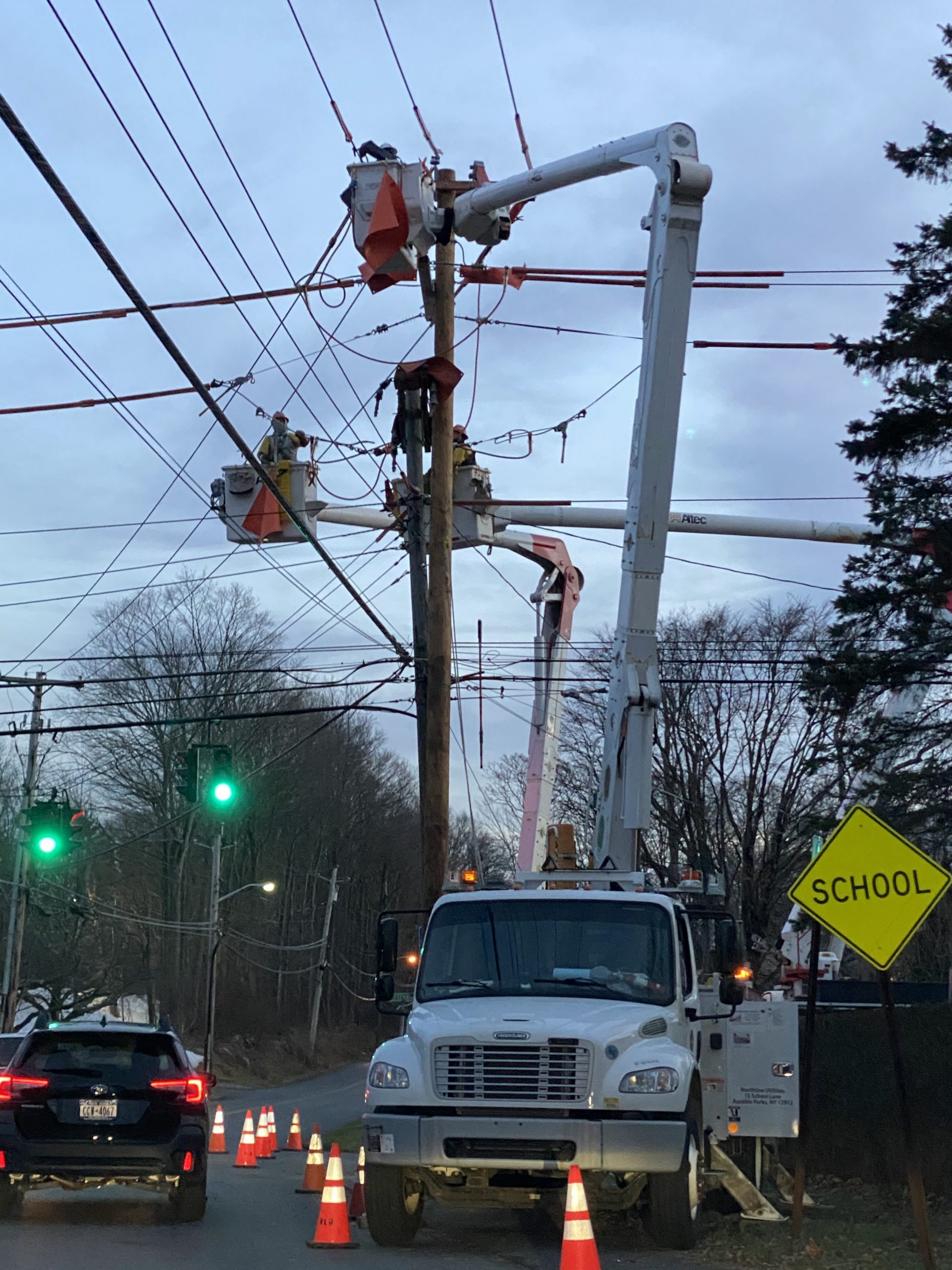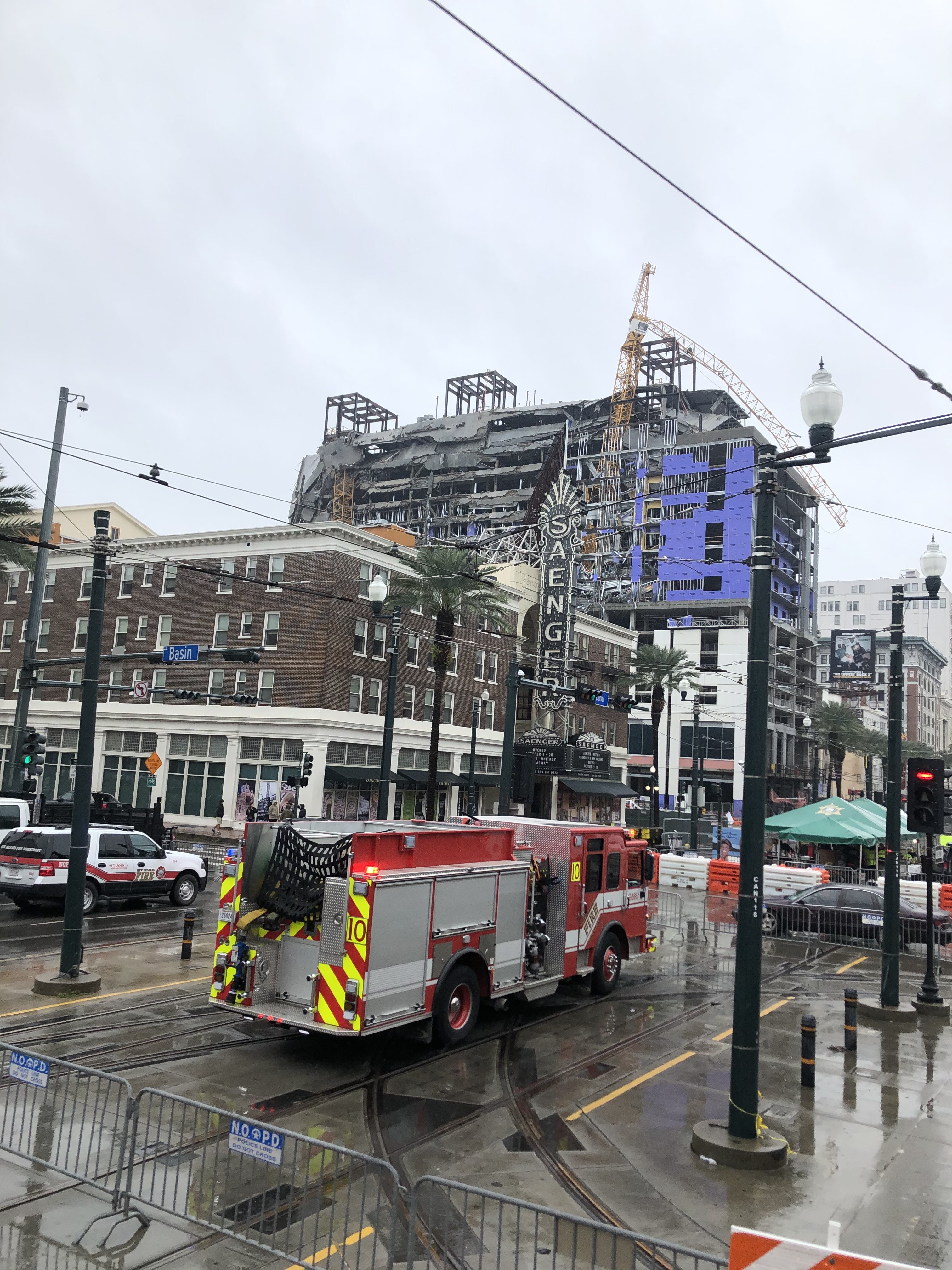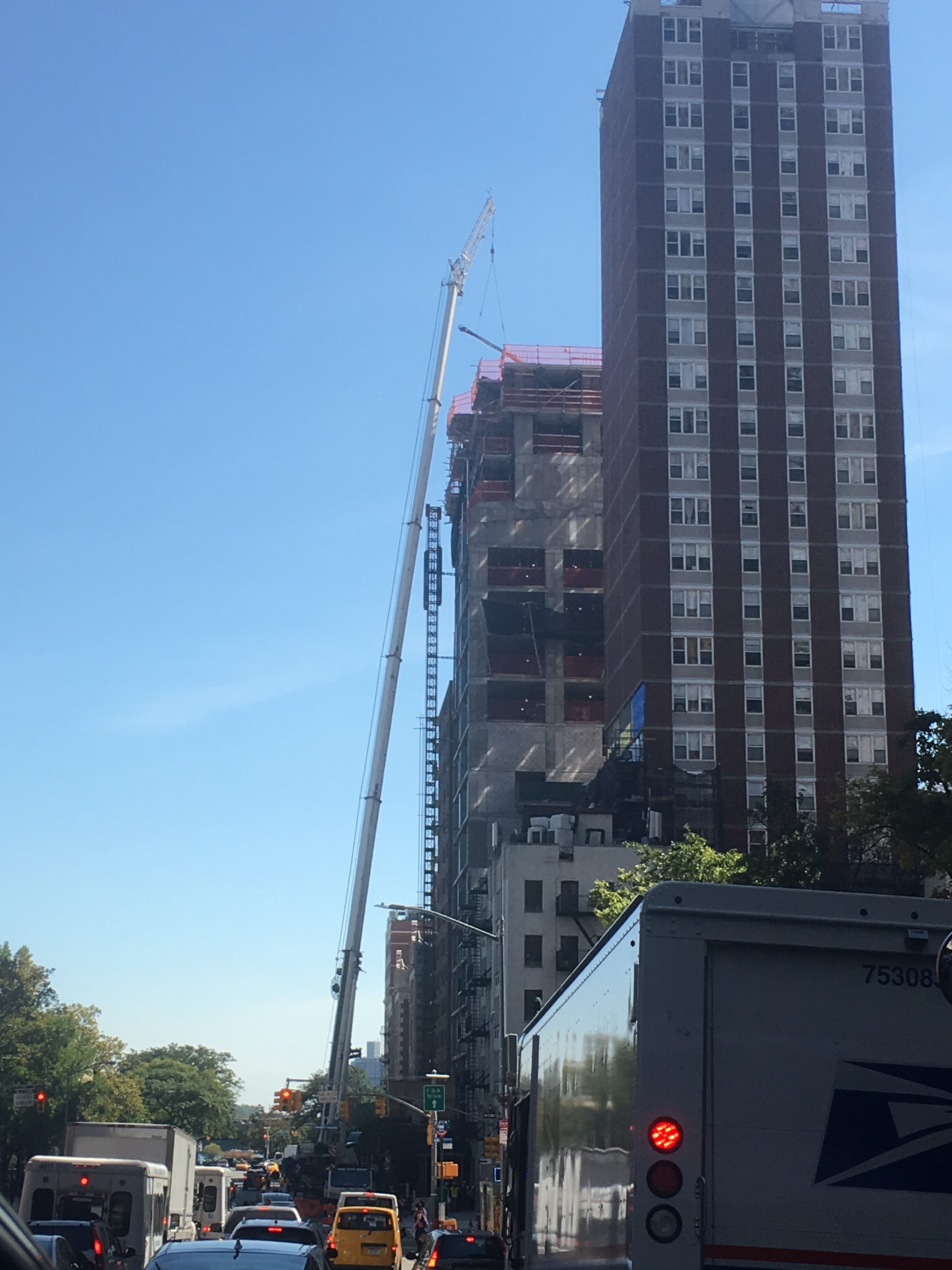2 virtual events proposed by the CPWR on National Stand-Down to Prevent Struck-by accidents in the construction industry
 On April 26th, as part of the second National Stand-Down to prevent struck by accidents among construction workers, two free webinars will be offered by the NORA Construction Sector Council.
On April 26th, as part of the second National Stand-Down to prevent struck by accidents among construction workers, two free webinars will be offered by the NORA Construction Sector Council.
The first webinar will take place from 1:00 pm to 2:00 pm and will focus on preventing struck by-accidents that occur around cranes and during lifting operations. According to statistics from the Center for Construction Research and Training, one crane accident occurs for every 10,000 hours of use. Crane collapsing or crane tipping are among the most common crane accidents. In these types of accidents, construction workers have a high risk to be crushed not only by the crane but also by the heavy material carried by the crane. Most of the time these accidents occur because of human errors such as:
- not using the manufacturer’s load charge for the crane
 New York Personal Injury Attorneys Blog
New York Personal Injury Attorneys Blog






